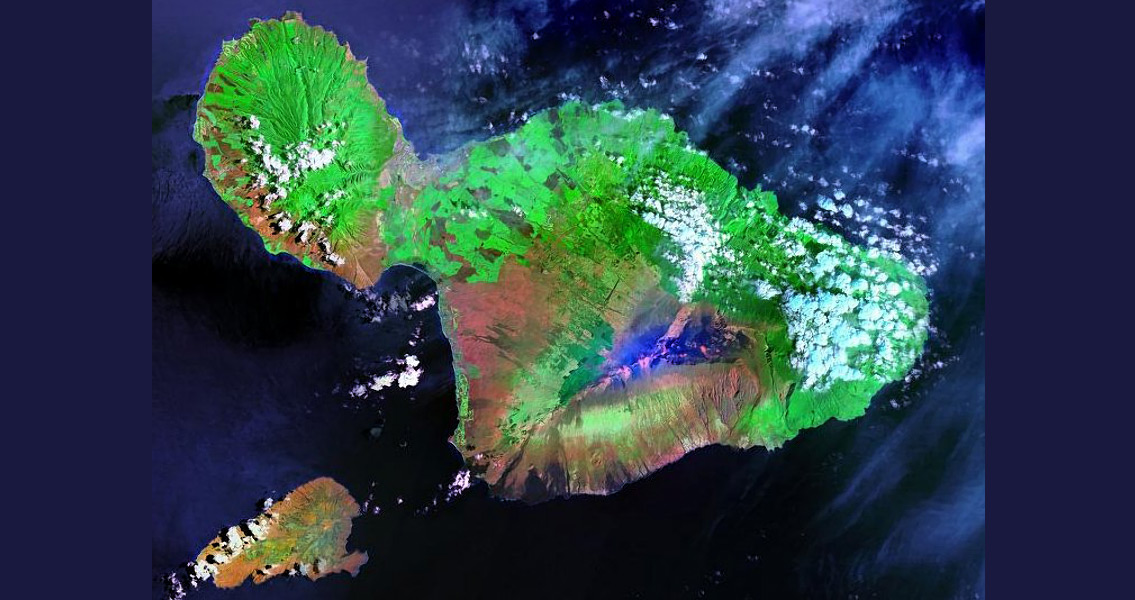<![CDATA[An archaeologist that never got to finish fully excavating a particularly bountiful dig site in Hawaii 30 years ago may have a brand new chance to return to the area, thanks to a new development. Starting in 1987, David Clark from Washington DC’s Catholic University of America spent two summers digging at the Waihee Dairy site, situated across from the Waiehu Golf Course on the island of Maui. The site showed incredible promise, yielding highly significant prehistoric discoveries, but the sale of the property curtailed the excavation. Clark was never able to return, even after development plans for the parcel of land stalled and the property was transferred to the Hawaiian Islands Land Trust. However, in a recent visit to the site, Clark revealed that this may change in the future thanks to land trust associate executive director Scott Fisher who is currently undertaking paleoecology postdoctoral research based on Clark’s initial findings. The Waihee Dairy site has the potential to be one of the earliest sites on Maui. Fischer has high hopes that he can help archaeological work resume at Waihee Dairy, but he will need high levels of support from the community. He hopes that the results of dig site permits being issued would be grants and educational opportunities, with the latter being something that Clark focused on three decades earlier. The archaeologist says approximately 1200 schoolchildren aided his research across both summers, according to a story in the Maui News. Clark echoed Fischer’s words regarding needing support and funding from the community. While the archaeology field currently enjoys the largest job market it ever has in the United States, the researcher said that digs done for academic or research purposes are rare; instead, the majority of the activity takes place as part of development schemes. Building new residential subdivisions or a new expressway, for example, makes extensive use of archaeological expertise, Clark pointed out. Bringing researchers in to clear the path of the development ensures that no artifacts will be destroyed by construction or renovation efforts, and many noteworthy finds have been from such development activity in the past few years across the US and the entire world. Meanwhile, the treasures pulled from the Waihee site three decades earlier were truly remarkable. More than 30,000 materials were catalogued, the majority of them at least 900 years old – and yet Clark and his colleagues at the time thought that that was “just the tip of the iceberg” when it came to the artifacts lurking below the surface. The original plan was for a five-year dig, something that he felt would have been a landmark study in regards to communicating the early history of Maui in a way that focused on community involvement. At his recent visit, Clark recounted how he and his colleagues had lined the site with plastic before the entire dig was backfilled in the hopes that someone would one day return. While he would enjoy nothing more than to see local researchers take on the project, he did wish for a chance to return for a while and finish the job he started all those years ago. ]]>
Archaeologist May Get to Return to 30-Year-Old Hawaiian Dig Site
